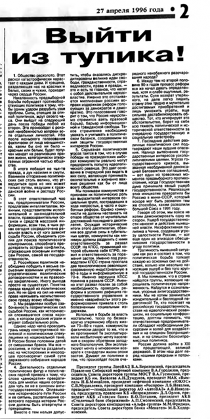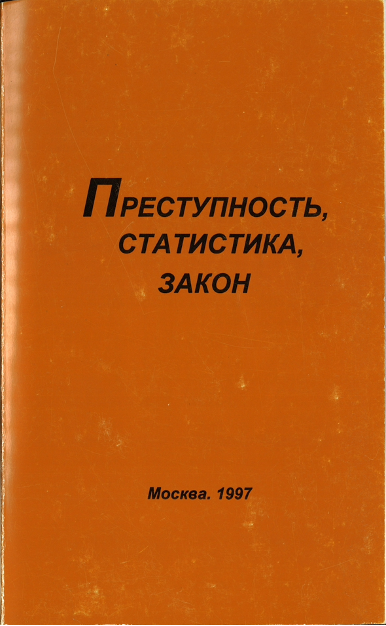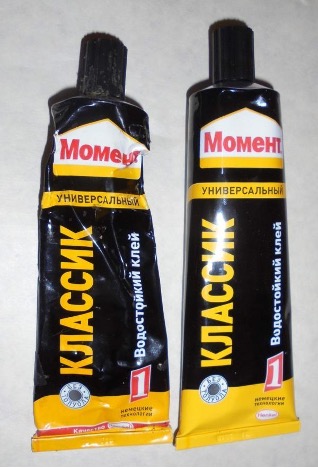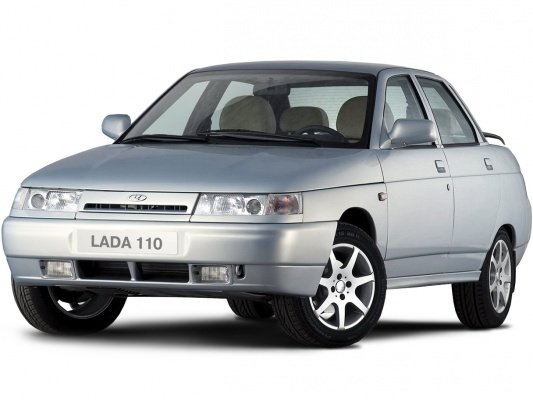Search Results
Search Terms
Results: Displaying Artifact 19 - 24 of 106 in total
Text Containing:
Page: 4
Thematic Tags: Russia
"A Way Out of the Dead End"
The open letter that became known as the “Letter of the Thirteen” (titled "A Way Out of the Dead End"), signed by thirteen of post-Soviet Russia’s most powerful businessmen ahead of the 1996 presidential election, reflected the power of capital in post-Soviet politics.
Russian Crime Statistics, 1980-1996
Nothing epitomized the everyday experience of the urban Russian 1990s like crime. As this first comprehensive statistical study of the 1990s demonstrates, crime was just as bad as everyone had anecdotally experienced. The numbers also reveal some unexpected trends.
Klei-Moment
Made by the German Henkel company, Moment-brand glue was a staple of post-Soviet hobbyists. It also became one of the preferred drugs among post-Soviet youth. The brand name alone became synonymous with huffing.
Lada 110-series
The first post-Soviet Lada model, the VAZ-2110, appeared in 1995 and sold for between $5,000 and $8,000. Targeted at the emerging middle class, the car represented the manufacturer’s hope that Russian production and consumer power could come together to build a domestic market that would advance the economy beyond raw materials extraction and imported consumer goods.
Ryazan Sugar (Hexogen)
Three large sacks of white granules, wired to a timer set for 5:30 AM, were found in the ground floor of a Ryazan apartment building on 22 September 1999—perhaps preventing yet another apartment bombing in a series that had terrorized Russians all month. FSB chief Nikolai Patrushev later told a TV reporter that these sacks contained nothing but sugar, which were being used in a test of public vigilance.
The Raspberry Blazer
The origins and significance of the raspberry blazer as an iconic element of the “New-Russian” wardrobe in the early 1990s.





